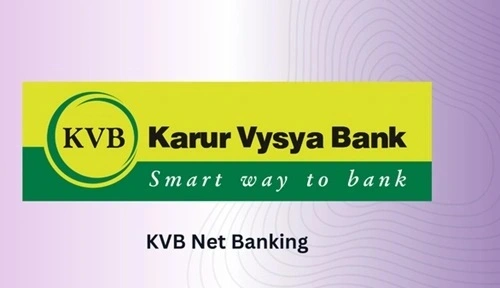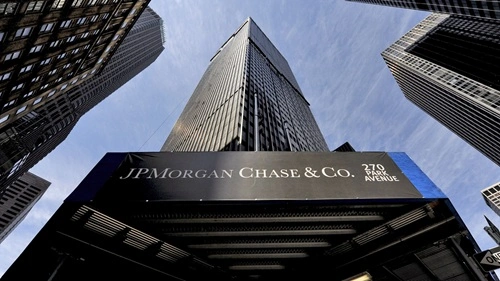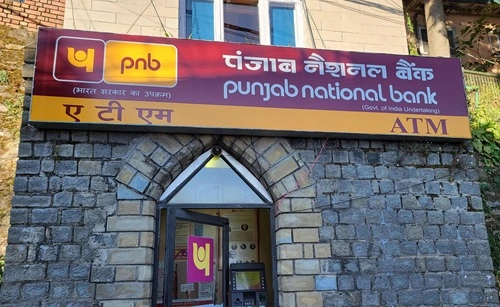In the northern part of the country, you might not have seen any Karur Vysya Bank branches, and that’s just because this small-scale private sector bank is specifically famous in the southern part of the country. And don’t think that it is some new bank out there, nah, the start of this bank goes back to 191,6 actually! Though today, it is decently large and has a huge number of customers. Today, though, we’re here to look at how well this KVB bank is performing in recent times, and we’ll give a full picture of that by sharing the net worth and market cap numbers here. Alrighty, let’s get going then.

| Detail | Information |
| Establishment Year | 1916 |
| Headquarters | Karur, Tamil Nadu, India |
| Total Branches (as of March 31, 2024) | 838 |
| Market Capitalisation (as of June 9, 2025) | INR 190.85 billion |
| Net Worth (as of March 31, 2024) | ₹11,929.54 cr |
| Total Revenue (FY 2023–24) | ₹9,863 crore |
Net Worth Of Karur Vysya Bank
There is a slight difference in net worth compared to the market cap, and then again it kinda is straightforward. It is like telling how much the firm has in its wallet after paying off all its debts. Thus, all assets (money, buildings, stuff they own) minus their liabilities (loans, etc). For KVB, net worth, as at the close of the 2023 to 24 financial year, stood at ₹11,929.54 cr. They are cash flows accumulated from profits over the years, plus any money that shareholders might have given as top-up. Essentially, the net worth grows when the bank makes money; it shrinks with losses and huge payouts. An increase in net worth means that, in the eyes of KVB, there is a backup plan if things come to rough ground.
Market Cap Of Karur Vysya Bank
First and foremost, the market cap is merely a measure of a bank’s worth as viewed by the stock market. Just imagine taking the cast of one share of KVB and multiplying it by all permitted shares in the market. That’s the method! On June 9, 2025, the market cap of Karur Vysya Bank was estimated at INR 190.85 billion. What a huge number! It reflects the ported opinion about the worth of the bank of the people trading stocks. On another front, KVB has been doing some magnificent stuff to keep its investors happy by opening more branches and relaxing online-bank counseling and loan servicing restrictions. At the sight of all this, people want to buy KVB shares, and consequently, the share prices rise, thereby increasing the market cap.
Note: Note: One thing to remember is that market cap and net worth are different. Market cap is what stock market people say, while net worth is the money the bank physically has in its inventory. Both, hence, should give you an idea about the strength of KVB and stand out in importance.
What’s Coming Up for KVB in 2025?
Okay, so what does the bank have in store now? Their good points are many. They are into online banking now, which is quite good for the younger generation and also saves two pennies for the customer. They are also looking into newer fields such as recruiting and financing small-scale industries or representing the better savings management of people; in a way, it could have become a revenue-generating area. And the Indian economy is growing at a fast pace; more loan requirements are coming before more and more people. So, banks like KVB that go slow will be in a better position.
But there is always a catch; these factors could put pressure on their profits and share price if loans are not paid back, and businesses slow down. Long story short, KVB’s market capitalization and net worth should continue to grow as long as they lend smartly and attract new clients.

